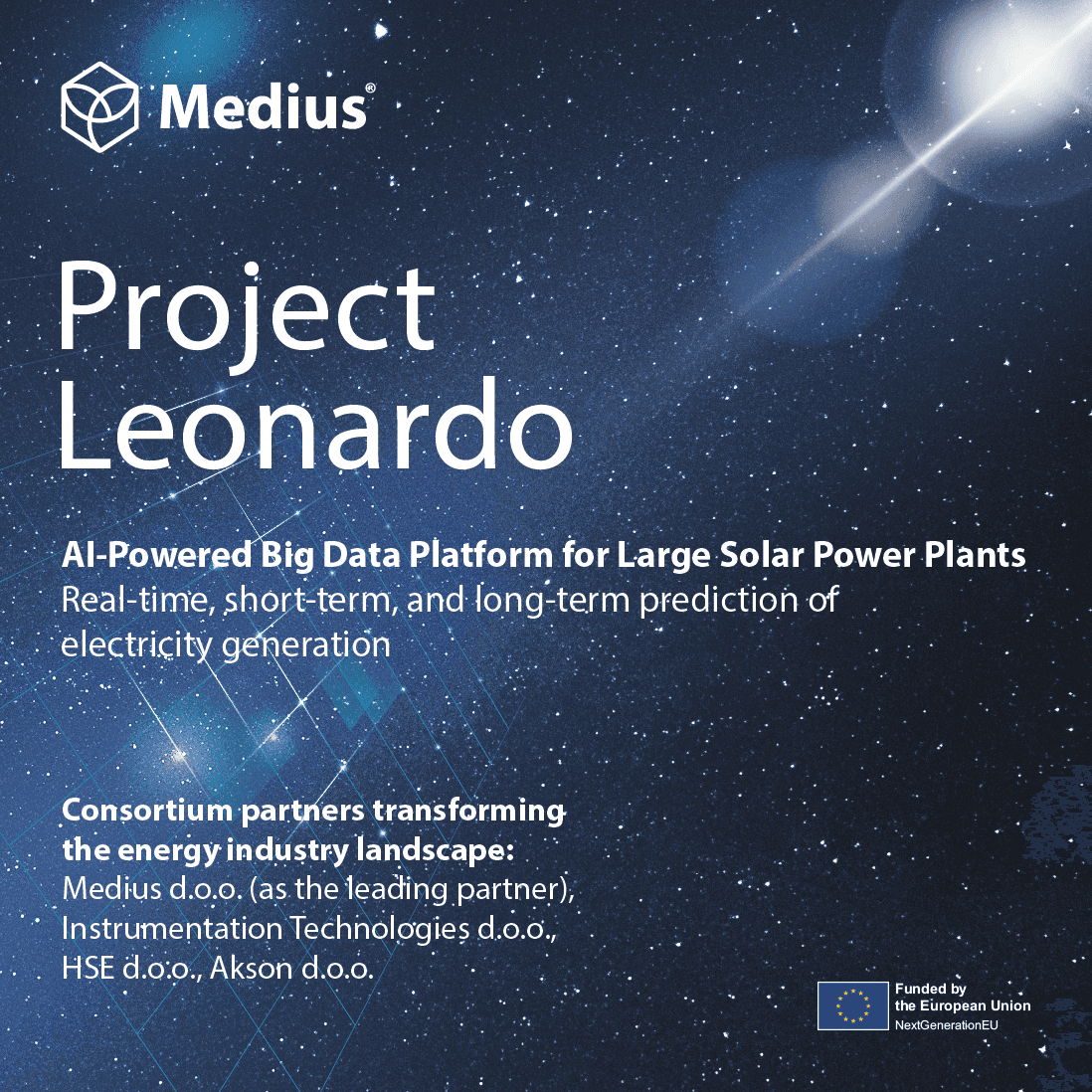When AI Meets Renewable Energy
The Game-Changing Power of Leonardo
The world is leaning more towards renewable energy each day and for a good reason. But as solar, wind, and small hydro plants become more common, they bring new challenges. One of the biggest is accurately predicting how much power these sources can generate. This is important because renewables are affected by weather, which we all know can be unpredictable. Getting this prediction right is crucial for keeping our energy systems stable and efficient. And that's precisely where our latest innovation, Leonardo, comes into play. It's designed to make those critical predictions more accurate than ever, setting the stage for a more sustainable future.

The Unpredictable Nature of Renewable Energy
One of the major drawbacks of renewable energy sources (RES) is their inconsistency. Whether it's solar, wind, or small hydro plants, they all depend heavily on weather conditions. To counteract this, energy systems always have backup power plants ready. Most often, these are non-renewable plants capable of quickly ramping up energy production. But here's the catch: whenever the weather turns unfavorable and renewables can't meet demand (a calm, cloudy day), these backup plants kick in, emitting additional CO2 into the atmosphere.
Researchers are increasingly raising alarms about these extra CO2 emissions, known as "marginal emissions." In a grid where wind farms and gas-fired plants each contribute 50% of the energy, ramping up the gas plant to meet increased demand can spike CO2 emissions by about 500 grams per additional kilowatt-hour (kWh) used. The goal, of course, is to minimize these emissions.
Energy Storage Meets Predictive Analytics
Reducing emissions can be achieved by employing energy storage systems. These come in various forms, each with their unique features. From battery systems and supercapacitors to pumped-storage hydroelectricity, these storage solutions are designed to hold excess energy for later use. Particularly with the first three types, we can even out the production spikes, significantly reducing the need for CO2-emitting backup plants.
A vital part of this approach is the ability to accurately forecast energy production. With precise predictions, energy can be released from storage in a balanced manner, making decisions about engaging backup plants more efficient, and even automating the process.
Data-Driven Optimization
Measuring all possible operational parameters is key to achieving optimized plant performance. Weather conditions are undoubtedly the most significant factor affecting renewable energy production. That's why quick and accurate weather data collection is crucial. With complete oversight from various sensors, a more accurate production forecast can be made. This comprehensive data is also used for predictive maintenance, further enhancing operational quality and reducing the need for frequent or inefficient plant inspections.
Moreover, the future looks promising for even more upgrades. Advanced video analytics could enable remote visual inspections for renewable energy operators. For wind farms and solar cells, this could be automated using drones. In smaller hydro plants, a robotic camera could be installed for surface inspections of the most crucial components.
Leonardo Is Here To Stay
As we've explored, the renewable energy sector faces real challenges, from unpredictable energy production to balancing supply and demand. In this context, Leonardo emerges as a practical solution to a real-life challenge. Using artificial intelligence and data analytics, it offers a nuanced approach to energy management, which could significantly reduce carbon emissions and improve grid reliability. Far from being just another tech buzzword, AI in this case serves as a tool for meaningful advancements in renewable energy. Leonardo exemplifies how innovation can be both practical and revolutionary, serving as a milestone in our collective journey toward a more sustainable future.
Project Details:
Title: Leonardo - Renewable Energy Production Forecasting Platform
Project Duration: January 1, 2023 - June 30, 2025
Leading Partner: Medius d.o.o.
Consortium Partners: Holding Slovenske elektrarne d.o.o., Akson d.o.o., Instrumentation Technologies
Total Project Value: 1.804.426,03 EUR
Eligible value of the project: 1.788.586,03 EUR
Funding: €992,882.45 of the project is funded through the NextGeneration EU mechanism as a part of the EU funds.

